In Conversation: Sensory Play and Learning in the Gallery
Learning Officer Lisa Ford discusses how sensory play activities at the Herbert Art Gallery & Museum help young gallery visitors engage with art collections in a way that is hands-on, imaginative, meaningful to them, and beneficial for childhood development.
- Lisa Ford, Learning Officer - Families
- Collection: Herbert Art Gallery & Museum
- Download a PDF of this article
- Keywords: sensory, early years, stories, messy play, childhood development, open-ended learning
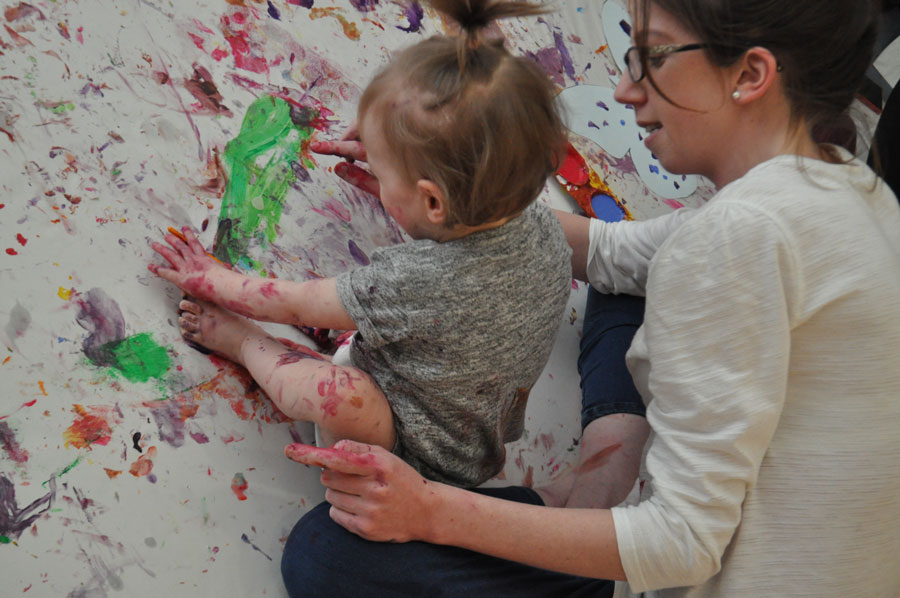
Fig.1 Messy Play participants, Herbert Art Gallery and Museum, image courtesy of Lisa Ford (2019)
Lisa Ford is the Learning Officer for Families at the Herbert Art Gallery & Museum, Coventry. As part of her role, she organises a range of activities aimed at families and, for early years visitors, this includes a variety of sensory workshops such as 'Sensory Stories and Rhymes', 'Mini Makers' and 'Sensory Play Days'. In interview with the editor, she discusses how sensory engagement activities can attract young visitors to museums and help them learn, and why it's important to do this in a gallery setting.
Q: Can you tell me a bit about the sessions you run - who are they for?
All of our early years' provision is aimed at 0-4 year olds, although we sometimes see older children and adult visitors with disabilities participating.
Our programming is flexible, and we don't separate our activities for babies and toddlers, because we feel that this mix is what a family is: families come in all shapes and sizes.
This can pose challenges as we need to make sure there is something for all ages, but we have a relaxed approach to early years' provision.
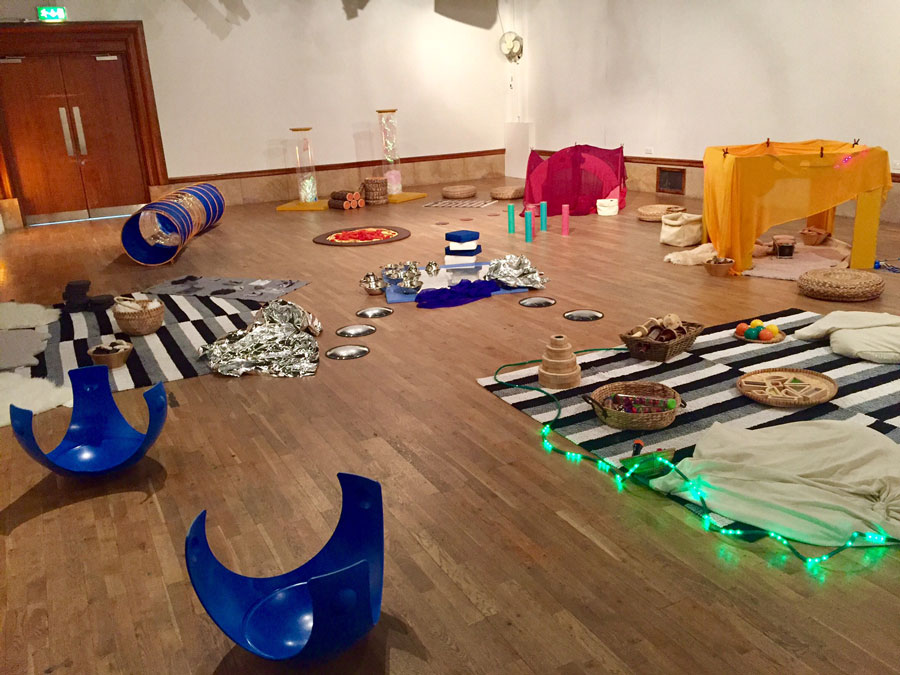
Fig.2 Sensory Play room set-up, Herbert Art Gallery and Museum, image courtesy of Lisa Ford (2019)
Q: What types of activities take place?
Our activities include Sensory Play Days, Mini Makers, and Sensory Stories and Rhymes.
Sensory Play Days are monthly events that take place on Thursdays and Fridays, and have been running since 2010. They take place in one of the museum's classroom spaces, which are flexible spaces for learning and making. They involve a big set-up: the room gets taken over with sensory material, including sensory baskets, explorer baskets, messy play activities, and projected lighting. We make dens that can be covered in fabric, twinkly lights - anything that inspires the senses and captures children's imaginations.
Mini Makers is all about dedicated, very, very messy play! It's about the children having experience of being artists themselves. This activity takes place in the studio space and involves all sorts of things like glitter, glue, paint and clay. Participants are encouraged to get hands-on with raw materials and explore mark-making. Activities are set up but visitors can decide whether to follow these or not. We provide the stimulus, then the visitors have free rein.
Sensory Stories and Rhymes happens in the gallery space. In this, we do story-telling and rhyme. This happens in front of works of art or historical objects, and all sessions are linked to these objects, but in a way younger audiences can understand. Participants have access to sensory goodie bags in this session as part of a tactile approach that ties the object or art work to an element of the story being told. For example, dark fabric to imagine going into a tunnel, or bundles of hay in bags to link to a landscape painting; we then point out a corresponding feature in the object.
As well as these temporary activities, there is a permanent dedicated story space in the Godiva galley, a 'world of stories' that features sensory baskets, dressing up and toys. This provides visitors with a playful and sensory experience in the gallery setting.
Everything is done with open ended learning. In our Sensory Play Days, for example, we don't put out toys that can only be one thing. We put out different types of objects that can be anything. The room can be an environment that is whatever the children's imaginations want it to be. The setting is a prompt for the children, and we [the staff] are on hand to interact with parents and adults at times.
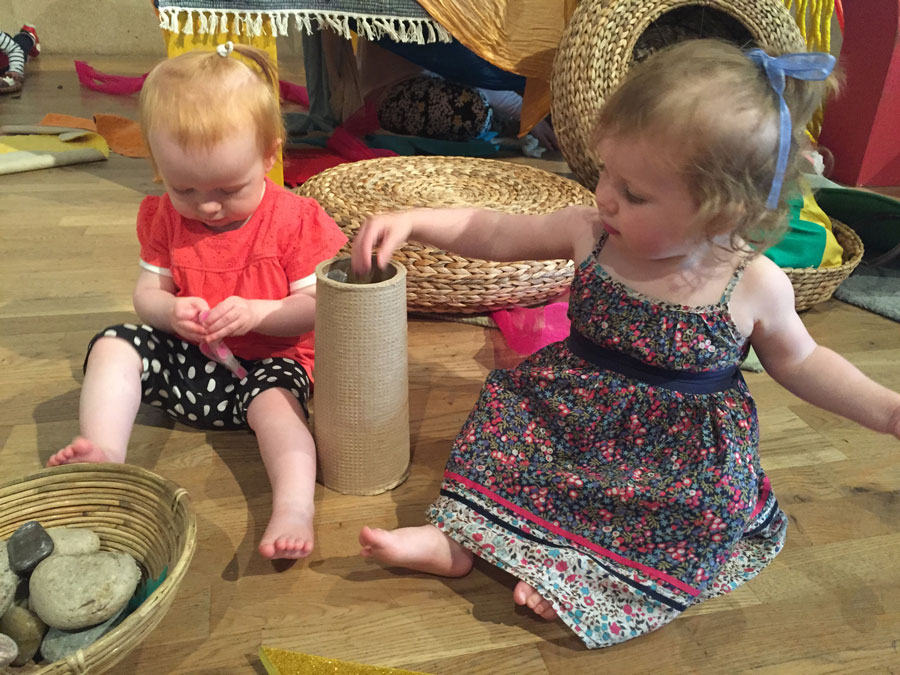
Fig.3 Sensory Play participants, Herbert Art Gallery and Museum, image courtesy of Lisa Ford (2019)
Q: What do you want visitors to get from these activities?
In museums we're surrounded by amazing artworks and creative people - and what underpins all of this is an approach to life that is experimental not rigid. So we are eager for visitors to come in and learn through this playful, experimental experience. It's really important for museums and galleries to provide this, and to cater for babies and toddlers with activities too.
We want to provide opportunities for children to develop through a sensory approach, and give parents and carers some practical ideas to help children do this at home too.
We hope they will learn about collections through sensory, hands-on activities. Making the experience hands-on encourages children to retain their attention level, and it also helps us to build strong relationships with the families that come in.
For some parents this is their way of being able to enjoy the museum now that they have children: it makes the experience of going into a museum with a young child less daunting as the child gets fulfilment from play, and at the same time, parents get the opportunity to explore too.
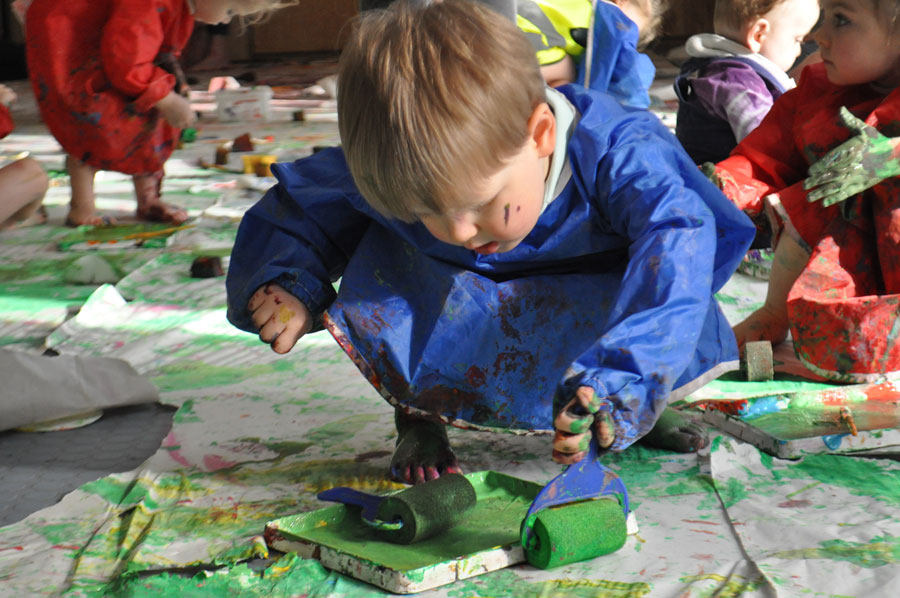
Fig.4 Messy Play participant, Herbert Art Gallery and Museum, image courtesy of Lisa Ford (2019)
Q. How do these activities work as part of your broader programming?
We try to build in reference to our temporary exhibitions in our early years' programming. Previous Sensory Play Days have been themed on exhibitions such as the Crafts of the Punjab, as well as a show about Vikings, and one about colour. In our Sensory Stories and Rhymes, when the Wildlife Photographer of the Year show was on, we used the storybook Dear Zoo (1982), and encouraged the children to engage with images of animals through sound-making, e.g. when they look at a lion, they roar. It's about breaking down that barrier to say that you are in a museum but you don't always have to be silent, and people are happy to see such a young audience participating - although it's important to find a balance between catering for children and also making sure there are quiet times in the gallery too.
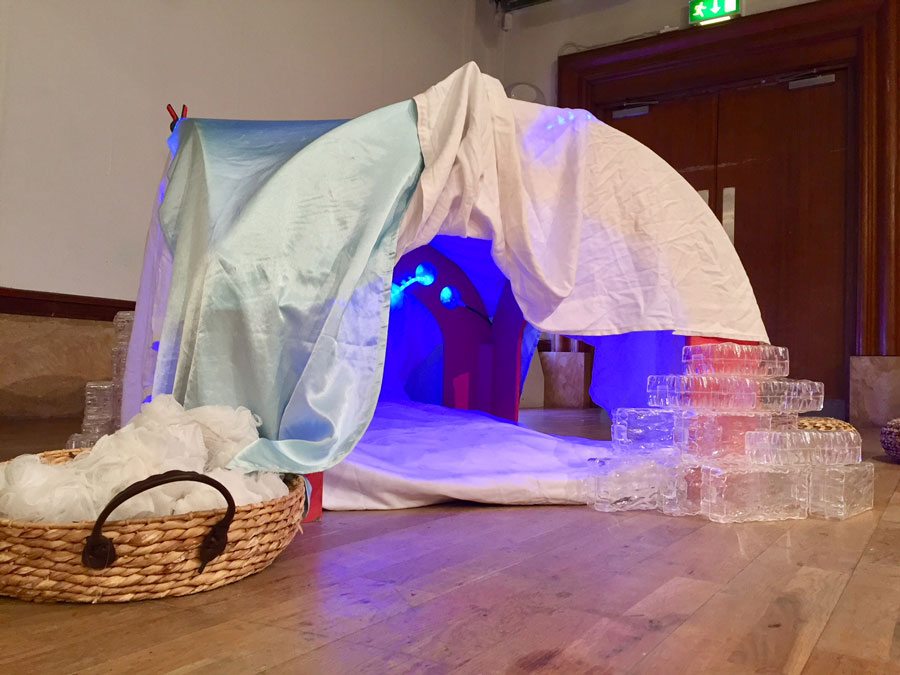
Fig.5 Sensory Play room set up, Herbert Art Gallery and Museum, image courtesy of Lisa Ford (2019)
Q: What will your participants learn from these sensory-based activities, and why is this important?
In our Sensory Play sessions we provide play prompts for the children that will engage the power of their imagination, linking the way they learn with their need to play.
The dens we make with twinkly-lit ceilings are good for older children who do pretend play. Objects with loose parts are brilliant too: children can construct and play with these tactile things, exploring different textures and making different sounds.
When we use simple objects we get a great response from parents and guardians. We try to include a lot of reflective surfaces - putting these on the floor is great for young babies to encourage them onto their tummies. Visual stimulus also helps young babies' eyesight, which is still developing, and we often have a monochrome area for this reason.
Some of our activities help to develop fine motor skills. Activities that require children to post objects through holes, for example, require them to use their motor function and also use both sides of their brain. A lot of our prompts encourage fine motor skills development like this, but we also work on gross motor skills too, for example through tasks that encourage children to move something from a-to-b, or run from a-to-b.
Other prompts explore cause and effect, for example we lay out instruments that children can grasp and pick up. As they move these, they hear the instrument make a sound, and so begin to understand cause and effect. We've done this too when we've linked our activities to an exhibition: when we set up a pattern printing activity to link with a Picasso exhibition, for example. This was a very sensory experience, it involved getting hands-on with raw materials, exploring colours and, through the experience of mark-making, understanding cause and effect. This activity was also about the children having free rein: that's what artists should do. We are encouraging them to be little artists.
These activities are not about children coming in and listening to us give lessons. They're about letting them have the freedom to experience and play, and letting them develop through this natural experience.
Q: Why choose to do these sessions in a gallery or museum setting?
Museums are a fitting place for doing this type of activity, as they are such creative places, filled with creative people. Often, when families have attended an activity, we do see them going off to explore the galleries, some of which have a sensory element in them.
Our aim is to get a different sort of audience into the museum. In the early years, children won't be able to sit and listen, but babies and toddlers have a natural instinct to explore through their senses. They respond to sound and stimulus, it appeals to them, it's how they learn, and they are going to learn so much through this, about touch, about cause and effect, and many more things. So it's a natural choice to do sensory activities to bring in families and early-years visitors in. I'm really passionate about this, and eager to see kids go from our Early Years' Provision, on to craft activities, and then activities for older visitors, and still want to come in.
The theory is, if you can engage them while they are babies and toddlers, and they want to come here, the longer the child will continue to wish to visit the museum. And as they get older and have children of their own, we hope we keep them for life.
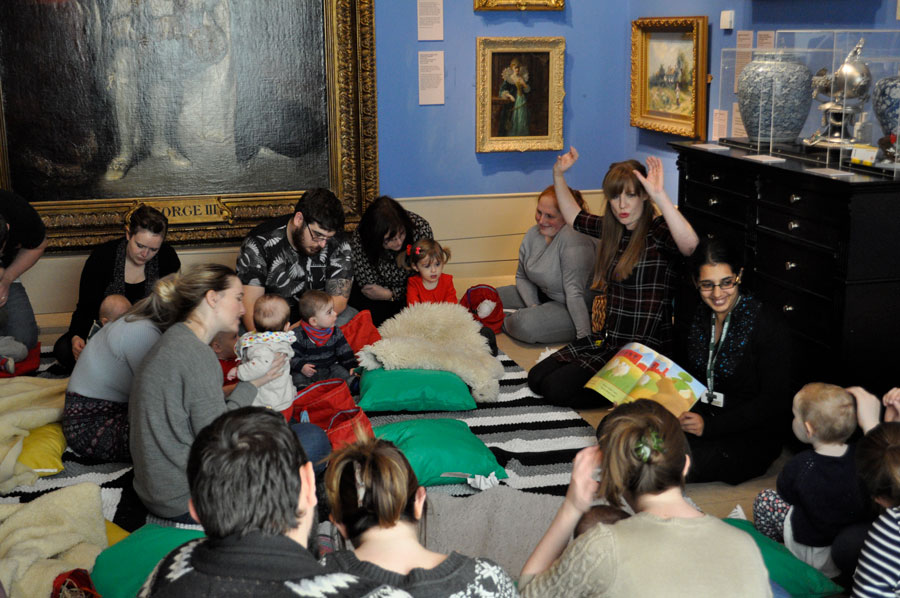
Fig.6 Sensory Stories and Rhymes, Herbert Art Gallery and Museum, image courtesy of Lisa Ford (2019)
Q: Has running these sessions changed your attitude to museums and galleries?
I learn something new every day. It inspires me to introduce new things and do more. I began working on the schools programme and it's a more structured programme. But I became increasingly interested in the hands-on approach through which children learn best. Now, whenever I visit a museum, I do look at how they are bringing their collections to a younger audience.
We developed our Early Years' Provision in 2010 in partnership with Rugby Art Gallery, and what's been really nice is that we still have those ties.
We do attract attention from other museums, too and it's nice that we are influencing other providers. Birmingham Museum and Art Gallery, for example, have since developed their own early years' programming- they have always thought about how to attract younger visitors but also they’ve seen from us the importance of attracting early years' visitors too. We still share ideas and expertise now.
I've also presented on The Herbert’s Early Year's programme at Hull's ‘Freedom to explore’ conference (2018), and contributed to an Early Years' tool kit for museum of London, which is an open access resource.[i] It's nice to get recognition for our fantastic programme and help encourage other museums too.
About Lisa Ford
About Lisa Ford
Lisa Ford is the Learning Officer for Families at the Herbert Art Gallery and Museum.